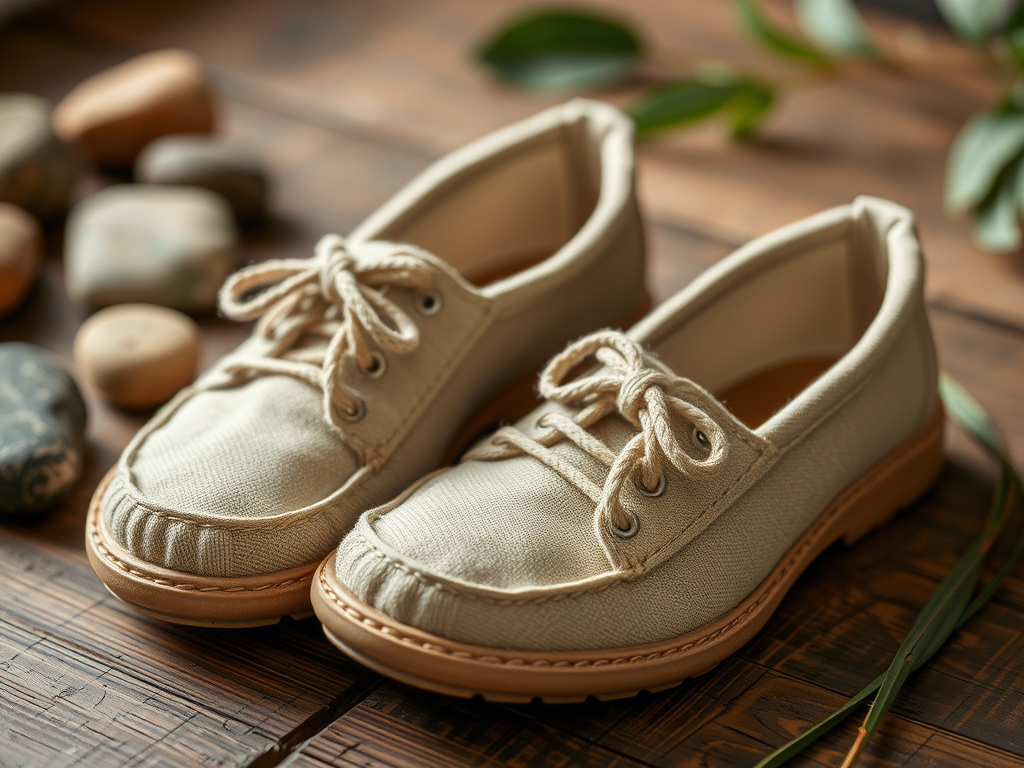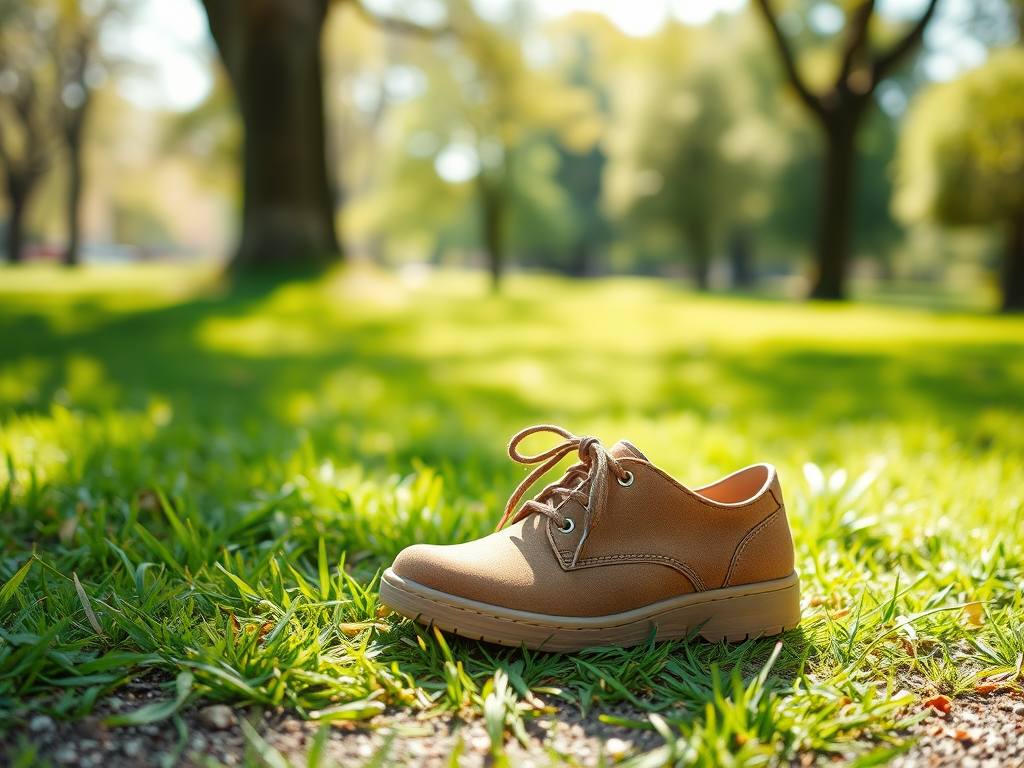Top Features of Environmentally Friendly Shoes
The shift towards sustainability is revolutionizing the footwear industry, leading to an exciting range of environmentally friendly shoes. As awareness grows about the potential harm of conventional footwear production, consumers are now seeking options that align with their values. These shoes do not merely serve the function of covering our feet; they represent a commitment to a healthier planet. Numerous brands have emerged, redefining what consumers should expect when investing in footwear. Not only do these shoes contribute positively to the environment, but they also offer modern designs, comfort, and longevity. In this article, we will delve into the key features that distinguish environmentally friendly shoes from their traditional counterparts.
This article will explore sustainable materials, ethical manufacturing practices, durability, and performance features that are central to eco-friendly footwear. Let’s begin by examining the sustainable materials that form the backbone of these innovative shoes.
Sustainable Materials

Sustainable materials are crucial for environmentally friendly shoes, setting them apart from conventionally produced options. Many brands are now stepping up their game by incorporating recycled materials into their designs. This practice not only helps in conserving natural resources but also minimizes the amount of waste generated in the manufacturing process. The most popular materials in this category include:
- Recycled plastics
- Recycled rubber
- Recycled wool and cotton
Alongside recycled materials, natural fibers play a vital role in sustainability. Materials like organic cotton and hemp are not only renewable but also biodegradable, providing an eco-friendly alternative to synthetic fibers. These materials have a lower environmental impact since their growth process uses fewer pesticides and herbicides. Bamboo, another popular material, grows rapidly and absorbs carbon dioxide efficiently, making it a top choice for environmentally friendly shoes. Below is a comparison of some sustainable materials commonly used:
| Material | Source | Benefits |
|---|---|---|
| Recycled Plastics | Post-consumer waste | Reduces landfill waste, conserves resources |
| Organic Cotton | Cotton plant | Biodegradable, low environmental footprint |
| Bamboo | Bamboo plant | Fast-growing, carbon-absorbing |
Ethical Manufacturing Practices

How shoes are manufactured is equally as significant as the materials used in their creation. Ethical manufacturing practices are at the core of sustainable footwear production. Many companies uphold fair labor practices, ensuring that their workers receive fair wages and work in safe, healthy environments. This commitment not only promotes social responsibility but also contributes to the overall image of the brand as an *environmentally conscious* option.
Additionally, reducing the carbon footprint is a priority for many eco-friendly shoe manufacturers. These brands implement energy-efficient processes throughout production and often source materials locally, minimizing transportation emissions. By adopting sustainable practices, these companies not only enhance their own values but also resonate with environmentally aware consumers who appreciate transparency.
Durability and Longevity
Many might argue that eco-friendly shoes often come at a premium price, but the long-term benefits outweigh the initial cost. The durability and longevity of these shoes are often stellar because manufacturers focus on high-quality craftsmanship. Investing in well-made footwear reduces the need for frequent replacements, which is a significant point in favor of sustainability. Additionally, some brands adopt a repairable design philosophy, allowing consumers to extend the life of their shoes even further.
Choosing shoes that are designed to last not only helps the environment but can also save you money over time. To summarize the advantages of durable eco-friendly footwear, consider the following:
- High durability reduces waste.
- Repairability allows for extended use.
- Quality craftsmanship can provide better support and comfort.
Comfort and Performance Features
When contemplating environmentally friendly shoes, comfort and performance should never be overlooked. Just like their non-eco counterparts, eco-friendly shoes are designed with the user’s comfort in mind. Many materials used in eco-friendly shoes are breathable, allowing for better air circulation to keep feet dry and comfortable throughout the day.
Moreover, these shoes often come with support and stability features that cater to various activities, from casual walking to high-impact sports. It is essential for manufacturers to bridge the gap between sustainability and functionality, ensuring customers do not have to compromise on performance. When combining comfort and sustainability, consumers gain the benefits of:
- A healthier choice for both feet and the environment.
- High-performance design without sacrificing eco-friendliness.
- Valuable investments in long-lasting footwear.
Conclusion
In conclusion, choosing environmentally friendly shoes provides various advantages that go beyond aesthetics. From sustainable materials and ethical manufacturing processes to exceptional durability and comfort, these shoes are paving the way for a greener future. As consumers become more aware of their impact on the environment, the demand for such products will undoubtedly grow. By investing in eco-friendly footwear, you are not only making a fashion statement but also supporting the movement towards sustainability. Embrace the change, and step into a more responsible future.
Frequently Asked Questions
- What materials are commonly used in environmentally friendly shoes?
Eco-friendly shoes are often made from recycled plastics, organic cotton, hemp, and other sustainable materials. - Are environmentally friendly shoes more expensive?
While they may have a higher upfront cost, the durability and longevity of eco-friendly shoes often lead to savings over time. - How can I tell if a brand is truly eco-friendly?
Look for certifications such as Fair Trade, Global Organic Textile Standard (GOTS), and transparency in their manufacturing processes. - Can eco-friendly shoes perform well in sports?
Yes, many eco-friendly shoe brands offer high-performance options designed specifically for athletic use. - What is the environmental impact of conventional shoes?
Conventional shoe manufacturing often involves harmful chemicals, non-renewable materials, and exploitation of labor, contributing significantly to pollution and waste.

